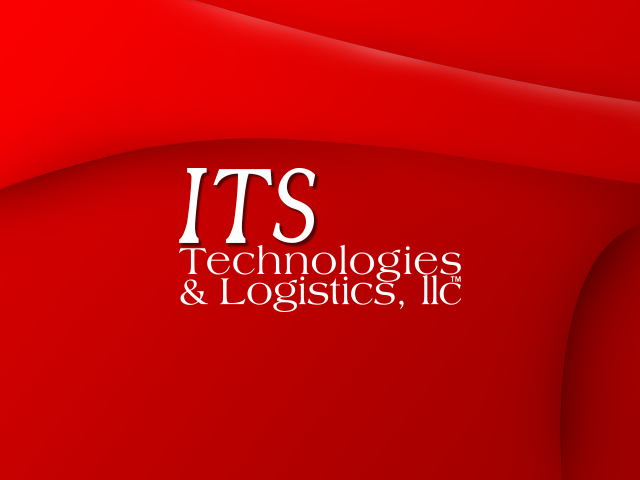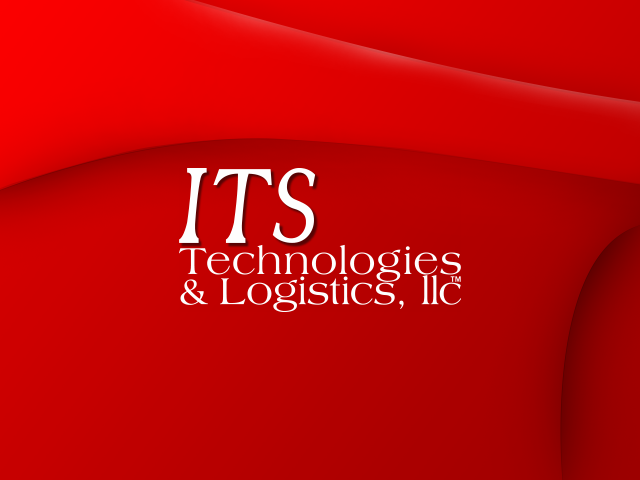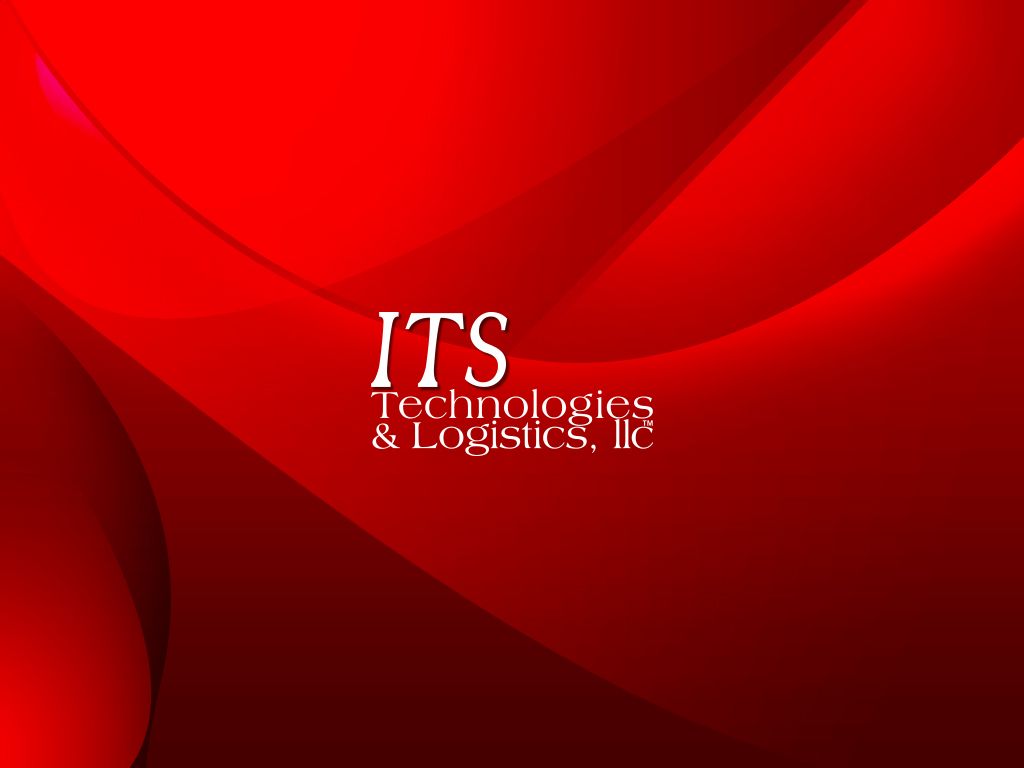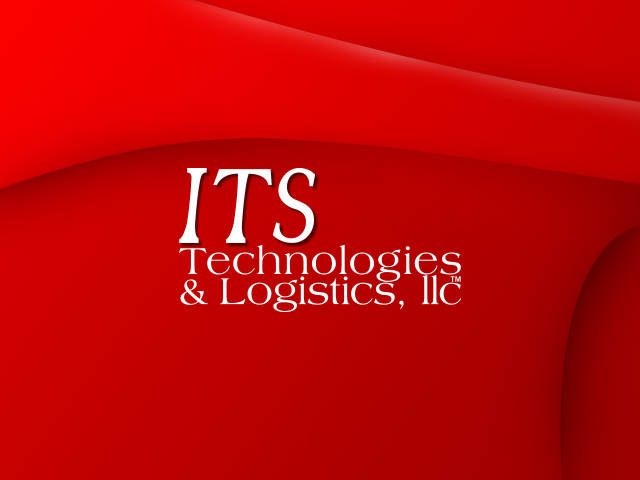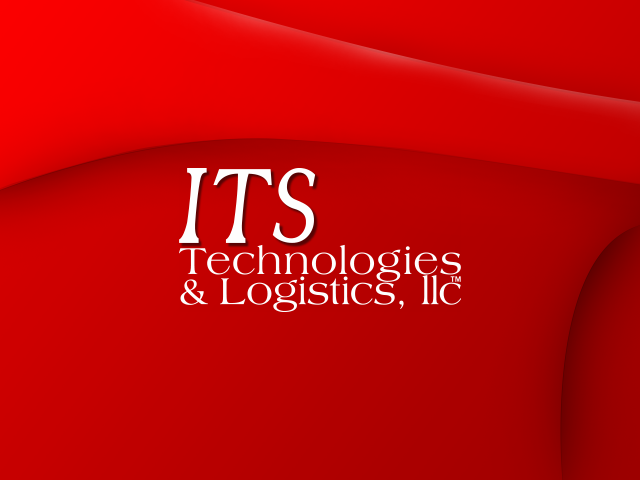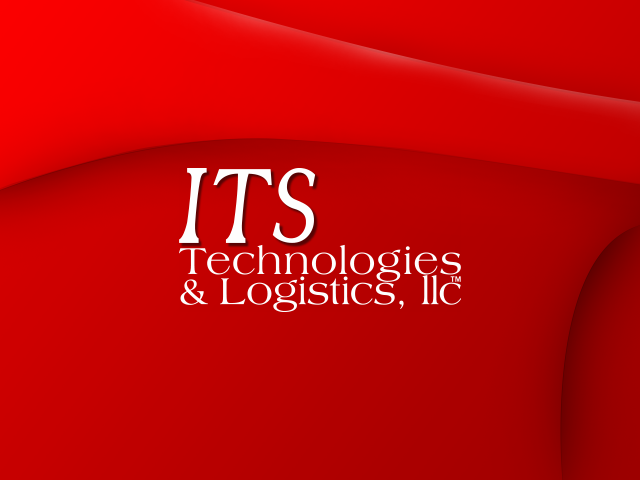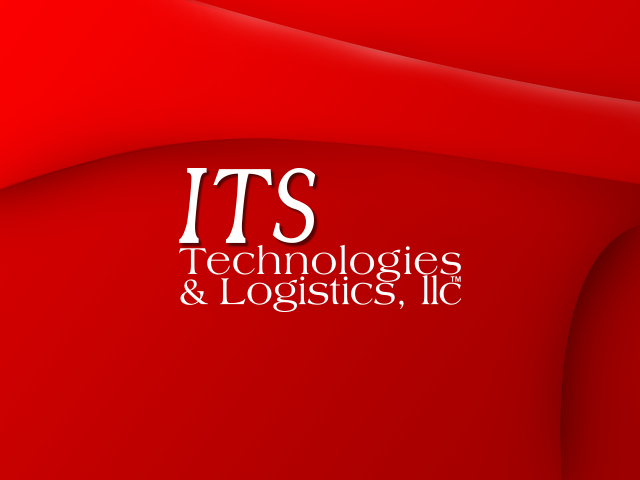Information
-
Add media
ITS Technologies & Logistics Weekly Inspections
Note: Personal eyewash equipment, such as squeeze bottles, can support but not replace proper eyewash stations. The first few seconds following an eye injury arc often critical to keeping injury to a minimum. A personal eyewash unit may be kept in the immediate vicinity of employees working in a potentially hazardous area. The main purpose of these units is to supply immediate flushing. With this accomplished, the injured individual should then proceed to a plumbed or self- contained eyewash and flush the eyes for the required 15-minute period. Safety Data Sheets (SDS) should be consulted for additional recommendations.
-
Eye Wash Station Inspections
-
Division
-
Location / Site
-
GPS - Location
-
For Week Of:
-
Conducted on
-
Prepared by - Full Name
-
Employee Number
-
Select Type of Facility
- RR Terminal
- Auto Terminal
- Port Terminal
- CY Terminal
-
Location of all Inspected
Checklist
ITS Technologies & Logistics Weekly Inspections
Eye Wash Station Inspections - Self Inspection Checklist
-
Guidelines: During the inspection of the designated area, complete the checklist below. Mark each item with a Pass/Fail - check N/A if the item does not apply. Note: Document corrections in comment section. Please add pictures for areas in need of corrective actions
A. Eye Wash Station Items
-
1. If the flushing fluid is water, the water in the eyewash station shall be potable (drinkable), and kept at a tepid temperature not exceeding 38 degrees C (100 degrees F). <br>
-
2. A controlled flow of water must be provided to both eyes simultaneously at a velocity low enough not to be injurious to the user.
-
3. There shall be no sharp projections anywhere in the operating area of the unit.
-
4. Nozzles shall be protected from airborne contaminants. The removal of such protection shall not require a separate motion by the operator when activating the unit.
-
5. The control valve shall be: capable of being quickly located and operated<br>
-
6. The control valve shall be: capable of being fully activated in one second or less and designed to remain on until intentionally shut off.<br>
-
7. The eyewash unit shall be in an accessible location as close to the hazard as possible.
-
8. The eyewash unit shall be identified with a highly visible sign.
-
9. Water nozzles shall be positioned for easy access for variable employee heights .
-
10. Plumbed eyewash units shall be activated weekly to flush the line and verify proper operation. Self-contained units shall be inspected according to manufacturers’ specification.
-
11. All employees who may be exposed to eye injury shall be trained in the proper use of emergency eyewash units.
-
12. Outdoor units shall be freeze protected.
-
13. Our all eye wash stations - Tagged and Inspected Weekly
